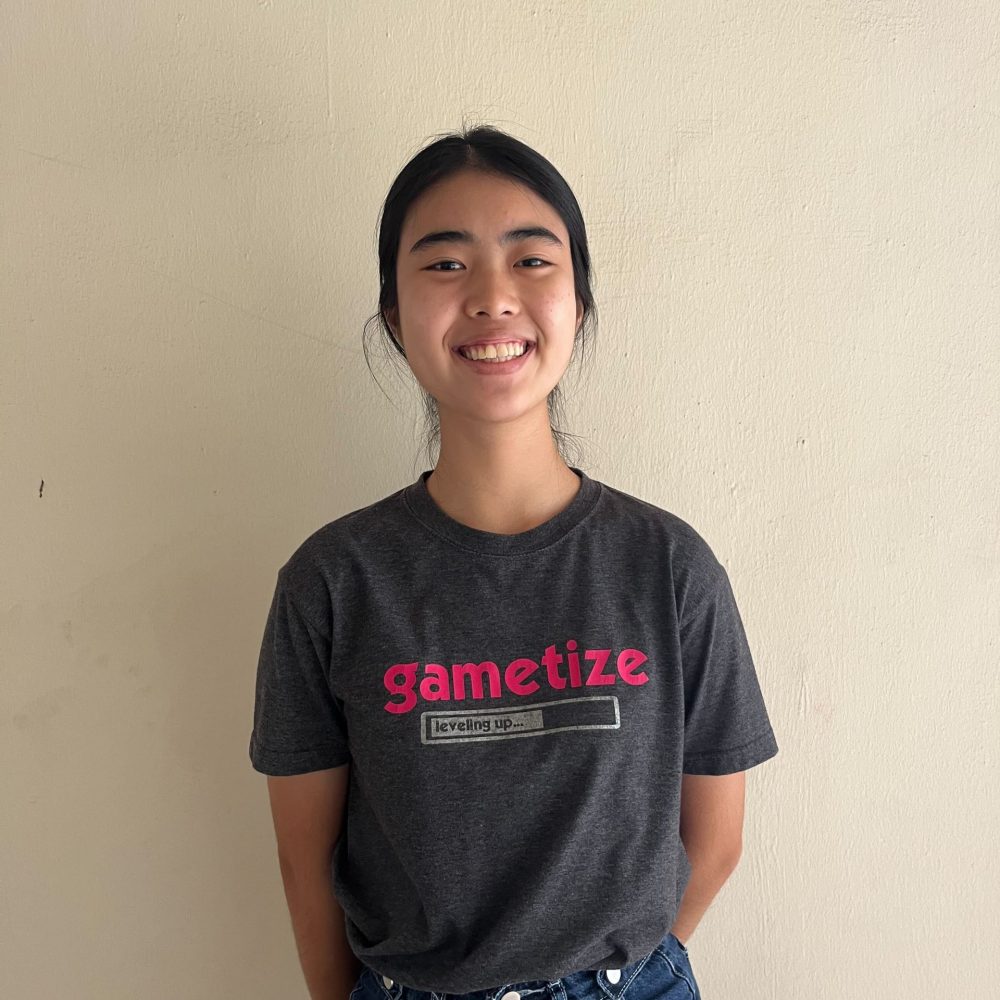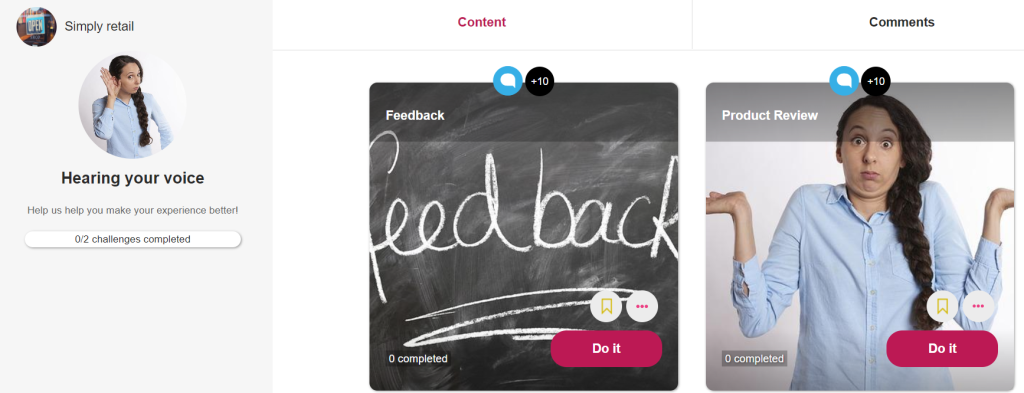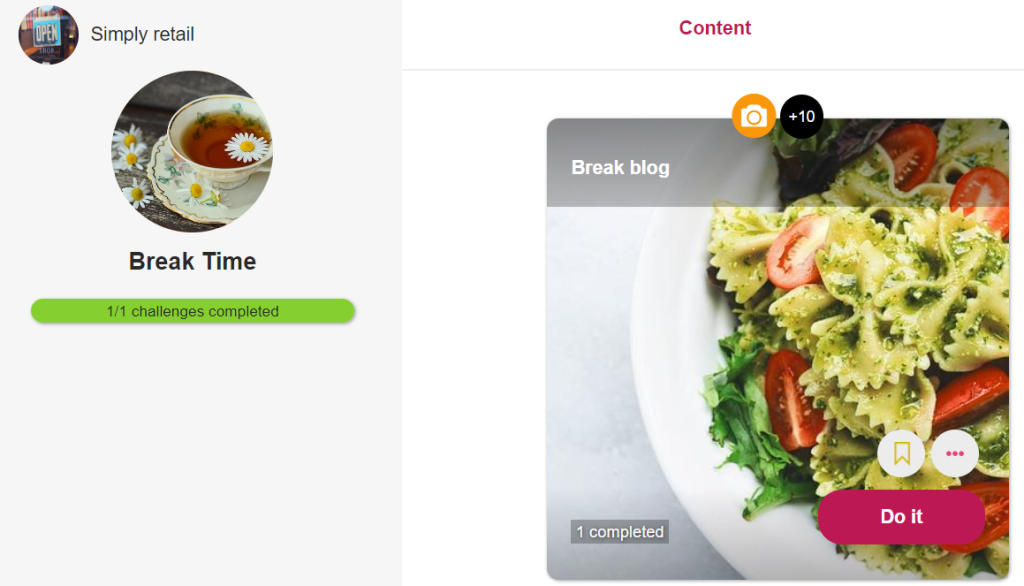[GUEST POST] Simply Retail

Introduction

Ideation
Flow of Game
I decided to focus on the food department for my game and therefore the “food” topic is where all the tasks of the employee can be found. Within the topic they will be brought into the narrative where they are sucked into a strange world and receive notes from “HQ” telling them what tasks to complete.
Basic admin matters such as clocking in and clocking out is made more engaging through the QR code challenge. Points earned allows players to look forward to coming to work and prevent them from forgetting to clock in and out. This is also the basis of the loyalty reward series. (To be elaborated in rewards & achievements paragraph)Hearing your voice The “Hearing your voice” topic uses the shuffle function where players will be randomly assigned 2 challenges to complete each day. The topic allows the employees to effectively voice out any suggestions or concerns, and allows the superiors to understand how the employees feel about their working experience as well as their thoughts on the different products. This can support communication and cooperation to increase productivity and enjoyability of the job.

The “break time” topic contains a break blog photo challenge where anyone can upload what they had for their break. This challenge serves to be a community where colleagues can socialize and find a sense of belonging, as it encourages one another to establish bonds and let loose during their break time.

Leaderboard
The leaderboard feature allows for friendly competition between colleagues and to acknowledge the efforts of the top players to allow them to feel a sense of recognition for their good work.
Rewards & Achievements

Features of the game

Challenges
Conclusion
What are you waiting for? Check out the game now!
